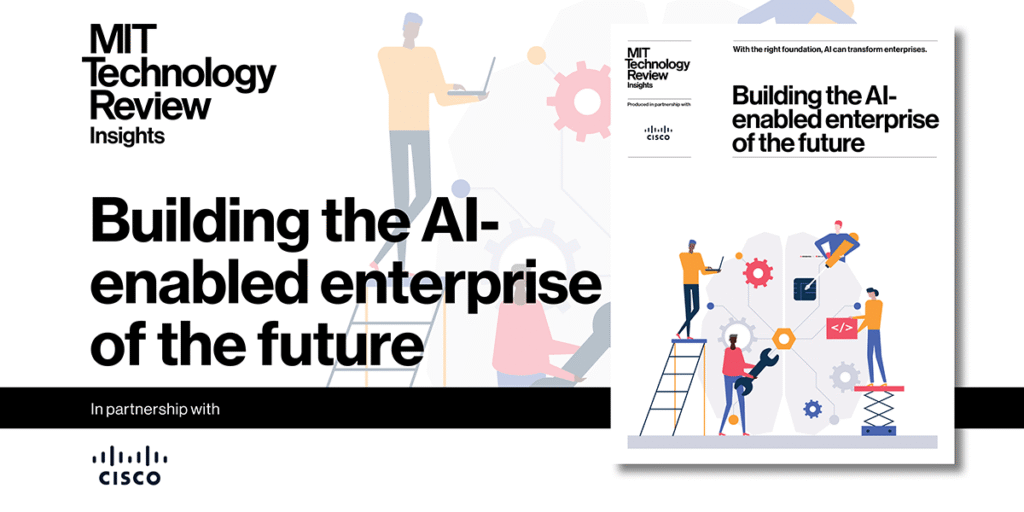As artificial intelligence (AI) continues to reshape industries, the urgency for companies to adopt AI technologies has never been greater. Patrick Milligan, chief information security officer at Ford, notes that we are at a significant inflection point, with implications not just for businesses but for society as a whole. The rapid evolution of AI tools is prompting organizations to accelerate their deployment strategies; a study indicates that 98% of companies feel increased pressure to implement AI solutions, with 85% believing they have less than 18 months before they start witnessing negative effects on business performance. This sense of urgency underlines a shared understanding among executives that the failure to act now could lead to obsolescence.
Yet, a troubling trend persists. Despite this urgency, only 13% of global organizations report being fully prepared to leverage AI’s potential. This gap between urgency and readiness emphasizes the need for robust IT infrastructure capable of managing the increasing demands of AI workloads. Two-thirds of respondents in the aforementioned study indicated that their infrastructure is only moderately ready to adopt and scale AI technologies, revealing a critical barrier to effective implementation.
When comparing AI and automation platforms, organizations often find themselves choosing between competing tools like Make and Zapier, or OpenAI and Anthropic. Both pairs offer advantages and limitations that warrant careful consideration.
Zapier is celebrated for its intuitive integration capabilities, enabling users to automate workflows by connecting disparate applications without requiring extensive programming skills. Its vast library of supported apps and straightforward user interface make it an attractive option for small to medium-sized businesses (SMBs) without dedicated IT resources. However, it can be criticized for limitations in handling more complex or customized automation scenarios, which makes it less suitable for organizations with specific or sophisticated needs.
Conversely, Make offers advanced features that enable intricate automation processes and provides enhanced flexibility compared to Zapier. While this means a steeper learning curve, its capabilities to manage complex workflows can yield significant returns on investment, particularly for organizations looking to scale. Companies that require detailed control and customization may find Make a more suitable option, despite its potential higher costs associated with specialized setup and training.
In the realm of AI, OpenAI has emerged as a formidable player, especially with its language models that enable natural language understanding and generation. Organizations that adopt OpenAI’s tools can leverage superior performance in creating intelligent applications that interact with users in a more human-like manner. However, ethical considerations regarding data usage and model transparency have posed challenges, leading to regulatory concerns that may affect deployment timelines.
Anthropic, founded by former OpenAI researchers, emphasizes safety and ethical considerations in AI development. Its products feature advanced frameworks for ensuring AI alignment with human values. While this focus on safety is commendable, it may result in slower product iterations compared to competitors. Organizations looking for rapid deployment might find this approach less appealing, but for those prioritizing safety and ethics in AI, it could represent a more sustainable long-term strategy.
When evaluating the costs of deploying these platforms, it is essential to consider not just the pricing models but also the subsequent investment in training and infrastructure that may be necessary for full implementation. For example, although platforms like Make might require a larger initial investment in training and setup, the long-term savings generated from more efficient workflows could present a strong overall ROI. Similarly, organizations must weigh the potential for AI-driven efficiencies against the hidden costs of integration and change management, especially in existing workflows.
Organizations should also look into the scalability of the platforms they choose. Many SMB leaders are aware that as they grow, their automation and AI needs will become more complex. In this light, solutions that offer scalable features and integration capabilities will continue to be relevant and beneficial over time. The transition from simple to more advanced operations should ideally occur without necessitating a complete overhaul of existing systems.
Furthermore, a company’s culture plays a vital role in the successful adoption of these technologies. Firms must foster an AI-focused culture that not only supports the technological aspect but also embraces ongoing talent development. A workforce that is educated and engaged in the adoption of new technology will be more capable of navigating the challenges posed by evolving AI landscapes. Good quality, well-managed enterprise-wide data is also essential, as AI is only as effective as the data it can rely upon. This underscores an often-overlooked aspect of AI implementation—data management and preparation.
In conclusion, the path to successful AI integration and automation adoption is layered with complexities that require a multi-faceted approach to mitigate risks. Companies choosing tools must carefully analyze their specific needs and align them with the strengths and weaknesses of available solutions. By considering factors like cost, ROI, scalability, and the broader cultural context, SMB leaders can make informed decisions that will position their organizations to thrive in an increasingly AI-driven ecosystem.
FlowMind AI Insight: The push toward AI transformation is not merely a technological trend but a strategic imperative for businesses aiming to remain competitive. A balanced approach that includes understanding infrastructure needs, fostering a supportive company culture, and ensuring ethical, data-driven deployment will be key to unlocking AI’s full potential.
Original article: Read here
2025-09-03 08:38:00

